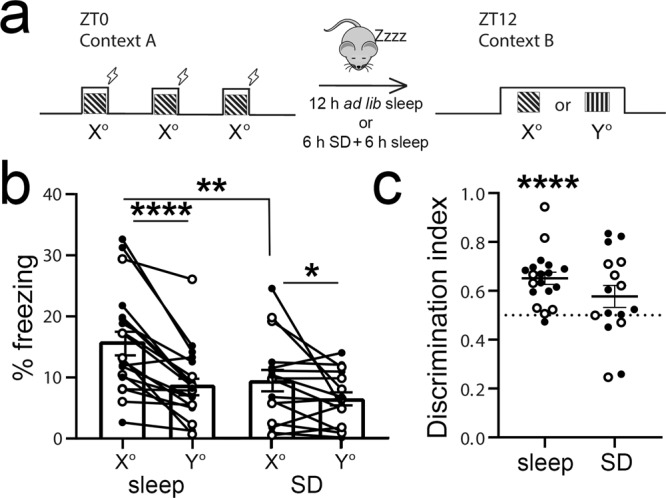Fig. 1. Consolidation of visually cued fear memory is enhanced by post-conditioning sleep.

a At ZT0, mice underwent three stimulus–shock pairings in context A. After either 12 h of ad lib sleep or 6 h sleep deprivation (SD) followed by 6 h ad lib sleep, mice were exposed to the shock cue (X° grating) and a neutral cue (Y° grating) in context B. b Freezing behavior of the mice during the ZT12 test (Sleep: n = 19, SD: n = 16; males—solid symbols, females—open symbols). Mice allowed to sleep froze significantly more to the shock cue than mice who were sleep deprived (**p = 0.007, Holm–Sidak post hoc test). Both freely sleeping and SD mice showed higher freezing in response to the shock cue (****p < 0.0001, *p = 0.045, Holm–Sidak post hoc test; two-way RM ANOVA: main effect of sleep condition, F = 4.448, p = 0.043, main effect of orientation, F = 27.268, p < 0.0001, sleep × orientation interaction, F = 4.629, p = 0.039). c Freezing behavior quantified a discrimination index [X°/(X° + Y)] for each mouse and compared to chance performance (****p < 0.0001, Wilcoxon signed-rank test vs. chance). Values in b, c indicate mean ± SEM.
